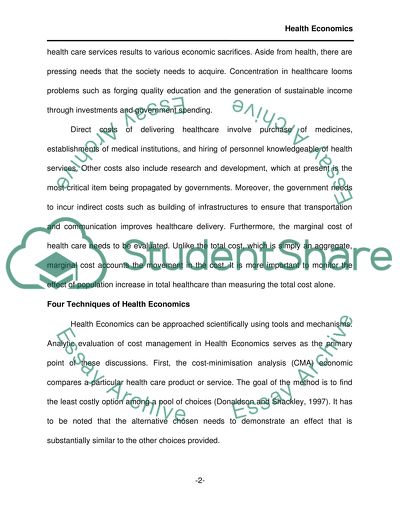Cite this document
(Health Economics Case Study Example | Topics and Well Written Essays - 2000 words, n.d.)
Health Economics Case Study Example | Topics and Well Written Essays - 2000 words. Retrieved from https://studentshare.org/macro-microeconomics/1539687-health-economics-of-medicine
Health Economics Case Study Example | Topics and Well Written Essays - 2000 words. Retrieved from https://studentshare.org/macro-microeconomics/1539687-health-economics-of-medicine
(Health Economics Case Study Example | Topics and Well Written Essays - 2000 Words)
Health Economics Case Study Example | Topics and Well Written Essays - 2000 Words. https://studentshare.org/macro-microeconomics/1539687-health-economics-of-medicine.
Health Economics Case Study Example | Topics and Well Written Essays - 2000 Words. https://studentshare.org/macro-microeconomics/1539687-health-economics-of-medicine.
“Health Economics Case Study Example | Topics and Well Written Essays - 2000 Words”. https://studentshare.org/macro-microeconomics/1539687-health-economics-of-medicine.


